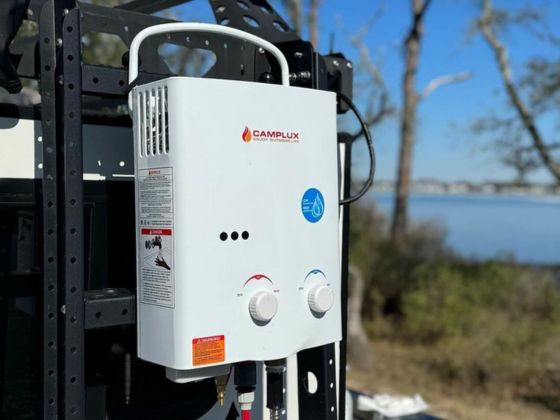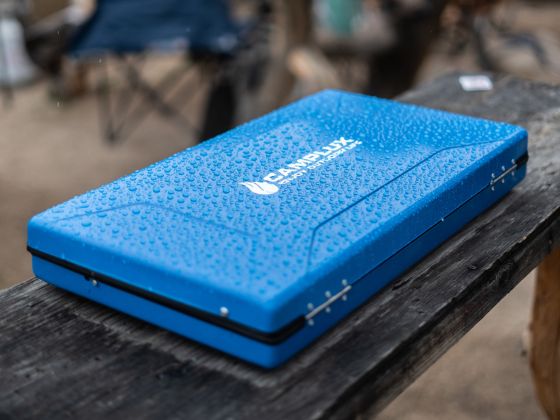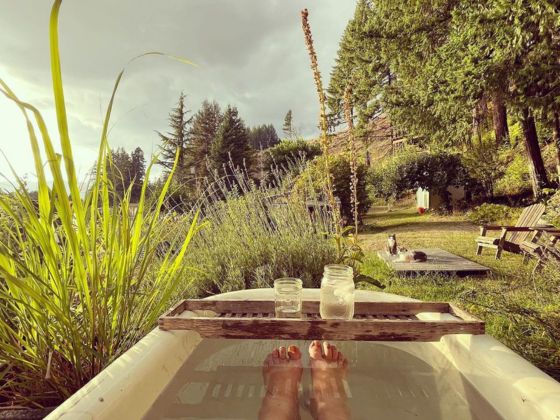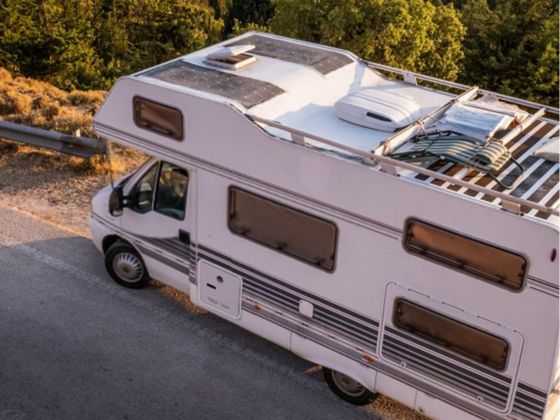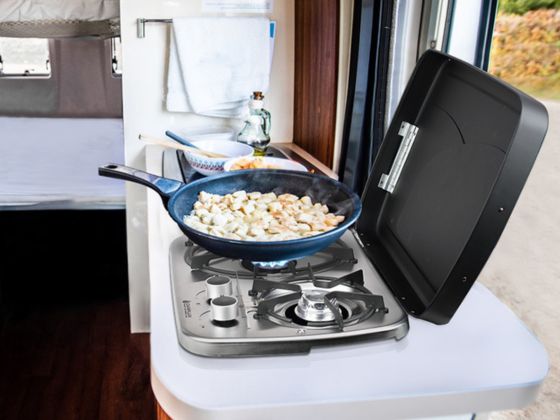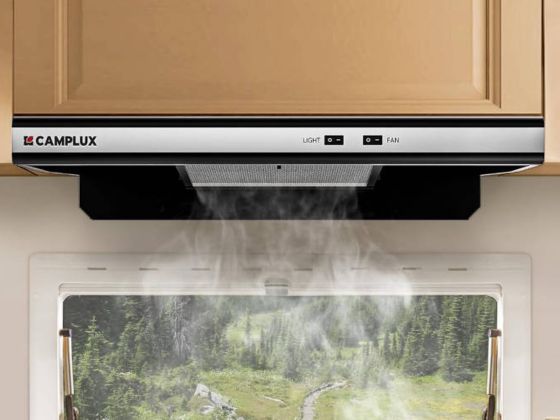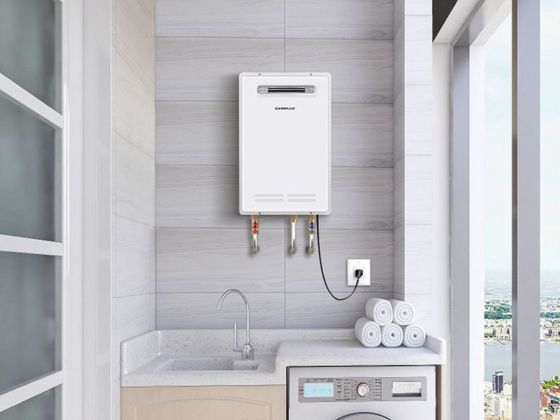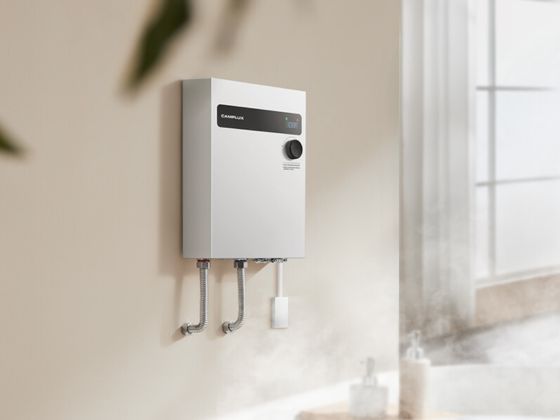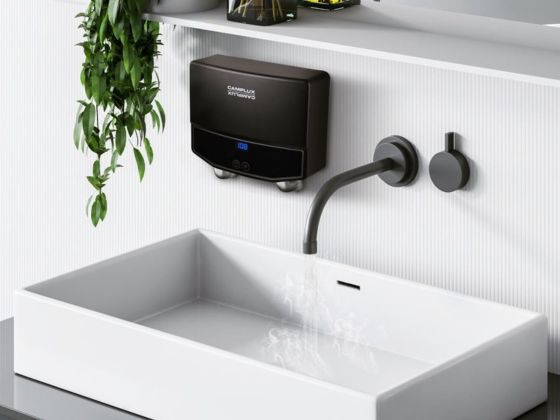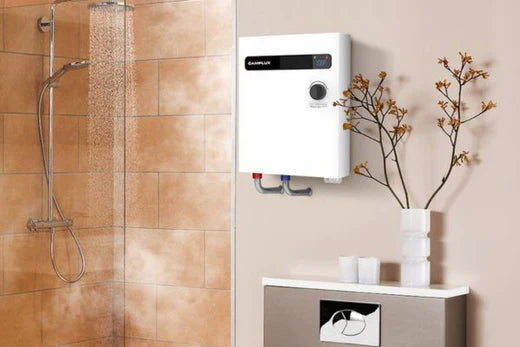Introduction
Tankless water heaters in the US have gained so much popularity in recent years, the outdoor use, residential use, and even electric tankless. If you already got one and working smoothly for years, and some little issues hit you recently, here are some tips about resetting the water heater you should know.
Why Reset a Tankless Water Heater?
Just like giving your computer a refresh, while it has been working for a long term, giving it a reset will not only prolong its lifespan but keep that tankless working smoothly also. Here are a few situations that may trigger the need for a reset:
Overheating
If your tankless water heater accumulates too much heat, the system may automatically shut down to prevent potential damage. This is a built-in safety feature.
Low Water Pressure
A drop in water pressure beyond a certain threshold can activate a safety shutdown to prevent system damage or improper operation.
Error Codes
Many models display error codes to signal issues such as gas supply interruptions or water flow problems. Resetting may clear the error and restore normal function.
Power Surges or Outages
Electrical interruptions, such as power surges or outages, can cause the heater to stop functioning correctly. A reset can help the system recover and resume proper operation.
Gas Supply Issues
Gas supply disruptions, such as low gas pressure or a blockage in the gas line, can also lead to a shutdown. Resetting the heater may restore its functionality once the issue is resolved.
The following content will guide you through the steps to reset your tankless water heater. Since different types may have varying procedures, be sure to check your heater’s specifications before proceeding.
Steps to Reset a Tankless Water Heater
Step 1: Turn Off the Power and Water Supply
For safety, ensure the power supply is turned off before attempting to inspect or reset your tankless water heater. For portable outdoor water heaters or camping tankless propane water heaters, turning off the water supply is relatively simple. Disconnecting the water pump or removing the unit from its installation spot can achieve this.
If your model is one of those home use tankless gas water heater or electric tankless water heater, turn off the electrical supply for the water heater, then shut off the water supply just before the water heater. The power on will be dangerous for the following steps, and the water on might cause you a mess so make sure the water and power are off is important.
Step 2: Inspect Water Supply
Outdoor camping water heaters for the cabin, off-grid families may occasionally have the water flow run low. You don’t worry about that hundred dollars first, take a look into the water supply and find out why that happened. The water we collect or source from outside is usually hard water and contains debris, if it couldn’t go through the filter right in front of the water lines, it might condense and cause the water flow to go low.
For residential tankless water heaters or electric tankless water heaters, checking out the water filter in the line will be enough. The flow from the city water usually doesn’t contain much sediment. So the only way to inspect the water supply for most of us which is no-pro is to check out the filter on the line. Take out the inner filter, give it a wash, or change it with the replacement should be good.
Step 3: Check Gas Supply (For Gas Models)
Outdoor camping water heaters for the cabin, off-grid families may occasionally have the water flow run low. You don’t worry about that hundred dollars first, take a look into the water supply and find out why that happened. The water we collect or source from outside is usually hard water and contains debris, if it couldn’t go through the filter right in front of the water lines, it might condense and cause the water flow to go low.
For residential tankless water heaters or electric tankless water heaters, checking out the water filter in the line will be enough. The flow from the city water usually doesn’t contain much sediment. So the only way to inspect the water supply for most of us which is no-pro is to check out the filter on the line. Take out the inner filter, give it a wash, or change it with the replacement should be good.
Step 4: Locate and Press the Reset Button
Different tankless water heater models may come with a reset button, usually located on the control panel or near the power switch. For most models, after turning the unit off, you will need to press and hold the reset button or a designated button for 3 to 5 seconds. Be sure to refer to the specific manual of your residential tankless water heater or camping propane water heater for accurate instructions on locating and using the reset button. Pro Tip: Keeping your product manual handy is essential. It can save you time and avoid unnecessary calls to repair technicians when troubleshooting or resetting your unit. After resetting, allow the system 1-2 minutes to buffer before attempting to use it again. Check the display screen to see if any error codes still appear.
Step 5: Wait for the System to Reboot
After a reset, your tankless water heater may take some time to reboot. The system will go through a series of internal checks to verify whether everything is functioning properly. This can take anywhere from a few minutes to over 30 minutes, especially for larger commercial tankless water heaters. If your heater stays stuck in this rebooting phase or continues to show error codes, it’s recommended to restart the unit again or consult the manual for further troubleshooting steps.
When to Call for Professional Help
If you have executed the steps outlined above and your tankless water heater still works improperly, it may be advisable to consult a professional. Ongoing error codes or system failures, especially in the context of residential tankless gas water heaters, could signify a more serious underlying issue that requires specialized expertise. A technician is equipped to assess potential problems with the gas line, electrical components, or internal heating systems that may not be addressed through basic troubleshooting.
